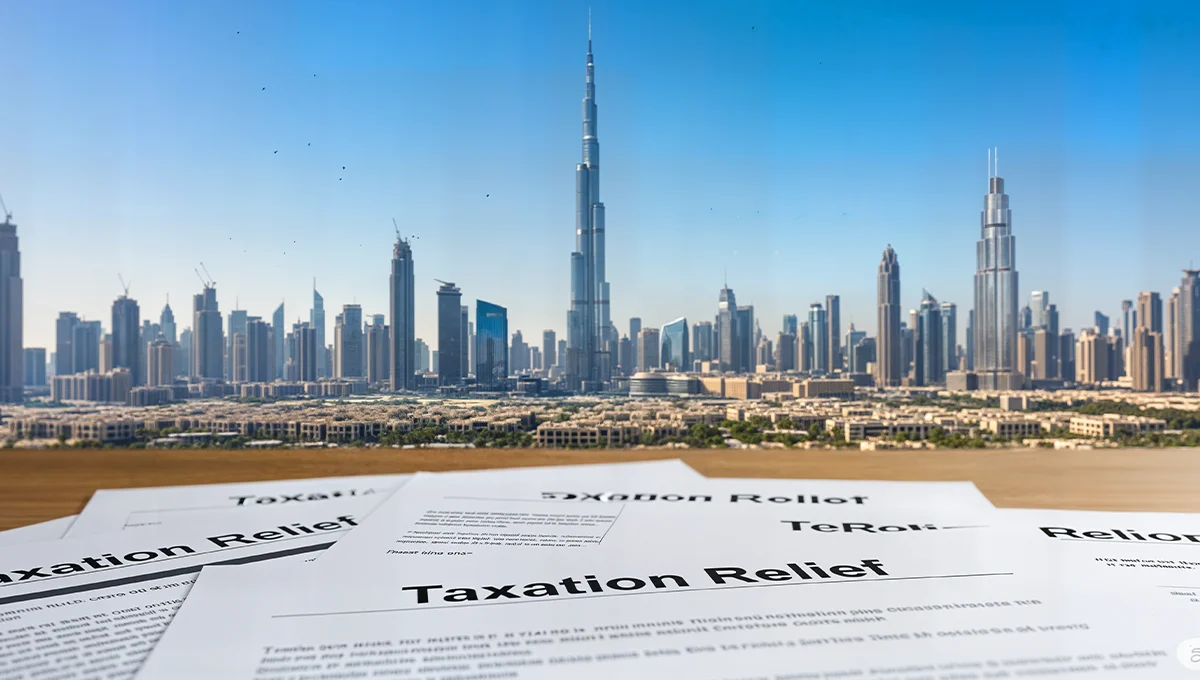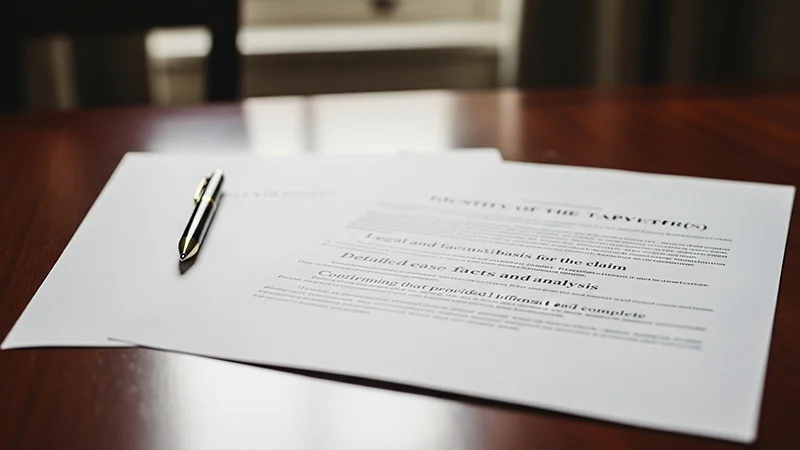The UAE has in recent days ramped up its commitment towards ensuring clarity and support with UAE double taxation relief by issuing a comprehensive guidance on the process of Tax relief in the UAE. Now that the Ministry of Finance in the UAE has clearly outlined the Mutual Agreement Procedure, taxpayers have a clear procedure to follow to obtain double taxation relief under the widespread umbrella of UAE international tax agreements and UAE bilateral tax agreements.
Key Objectives of the UAE’s Double Taxation Policy

Double taxation policy in the UAE aims at promoting economic growth, cross-border trade, investment, and diversification of income sources. The 137+ DTAs concluded by the UAE with major trading partners are meant to eliminate or reduce taxation at the level of investment income and profits, to protect investors from non-commercial risks, and to ensure the free transfer of capital and technology. These UAE tax exemptions and tax treaty benefits are invaluable for multinational companies, expats, and investors who carry on business in the region.
Eligibility Criteria for Taxation Relief

Taxpayers eligible for UAE double taxation relief are those natural persons and entities facing taxation in both the UAE and another country on the same income. The UAE MAP guidelines specify that relief may be sought when tax assessments are initiated following cross-border transfer pricing adjustments or when a dispute arises over the existence of a permanent establishment or the characterization of income. The guidance also clarifies that such rulings issued by courts or by the Tax Dispute Resolution Committee may impact the scope of relief that can be claimed.
Application Procedure for Double Taxation

A taxpayer becomes eligible for double taxation relief in the UAE when, within three years of awareness of the possibility or happening of a situation of double taxation, they submit an application for MAP. Procedures are as follows:
- Filing the application of MAP with the UAE Ministry of Finance.
- Gives all specific information as prescribed in the guidance.
- Involving internal review and consultations between the UAE and other counterparty jurisdictions.
- Mutual agreement to and implementation of the solution.
Required Documentation for Tax Relief Claims

The MAP guidance in the UAE requires a detailed list of information, such as:
- Identity of the taxpayer(s)
- Legal and factual basis for the claim
- Detailed case facts and analysis
- Confirming that the provided information is accurate and complete
Types of Double Taxation Relief Available

Some forms of relief offered by the UAE include:
- Exemption method: An income, taxed in one of the two countries under a treaty, shall be exempt from tax in the other country.
- Credit method: Tax paid in one country is generally allowed as a credit against tax payable for the same income in the second country.
- Reduced withholding tax rates on dividends, interest, and royalties under certain treaties
Impact of Double Tax Treaties (DTTs) in the UAE

Tax treaties between the UAE and other countries are highly beneficial for taxpayers, and these enhanced treaties help suppress any liability for tax. It eases the repatriation of profits for individuals and clarifies the functioning of entities for the commercial world. For example, a UAE company extending its operations to India or licensing technology from Germany could benefit from lower withholding tax rates and deterrents to risks relating to being permanently established under tax treaties. These treaties also help in the roadside compliance with global standards like OECD transfer pricing and economic substance rules.





_(2)_638647637563832478_820465_.webp)